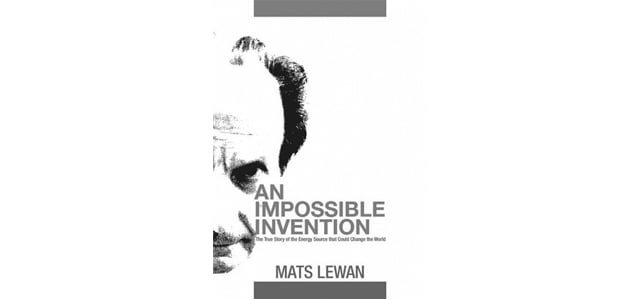Nobel laureate Dr. Brian Josephson commented on Nature with a review of Mats Lewan‘s new book An Impossible Invention, chronicling the early work of Andrea Rossi, engineer and inventor of the Energy Catalyzer, or Ecat. The Ecat is a commercial steam generator based on nickel-hydrogen exothermic reactions that is now in development. Lewan had a front row seat for several of the public and private demonstrations that Rossi performed since January 2011, and has interviewed Rossi extensively on his work.
We reproduce what Josephson wrote here:
The highlight of the week was the publication of Mats Lewan’s book ‘An Impossible Invention’, subtitled The true story of the energy source that could change the world. The author, a science and technology writer, has been investigating the controversial Rossi reactor or E-cat in depth in the 3 years since its initial presentation in Bologna in January 2011.
The first part of the book covers Andrea Rossi’s previous inventions, showing how life is not easy for an inventor whose inventions pose a threat to other enterprises. This is followed by what Lewan has been able to glean about the invention since the initial demonstration, purportedly of a fusion device creating some kW of heat.
Besides following the course of developments in detail, Lewan gives much attention to the question of whether the device is genuine, or whether fraud is involved. One important event was a long-period investigation, published at arXiv:1305.3913, providing strong evidence of the production of anomalous heat. Particularly interesting to me, in the light of my past dealings with arxiv, was the text of an accidentally leaked exchange between two moderators, wondering if they could find a rationale for blocking that report.
In the course of his attempts to bring his device to a commercial conclusion, Rossi had problems with collaborators, being suspicious of their motives, but it seems he has found an (undisclosed) American firm that he trusts, who have been licensed to develop the device. This fascinating book provides the answers to many questions about the E-cat, and should be read by all skeptics. —Brian Josephson

